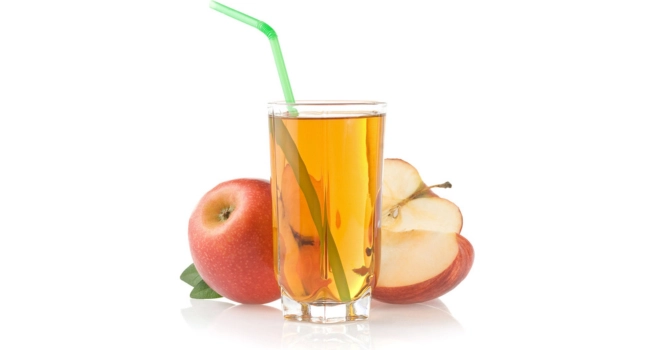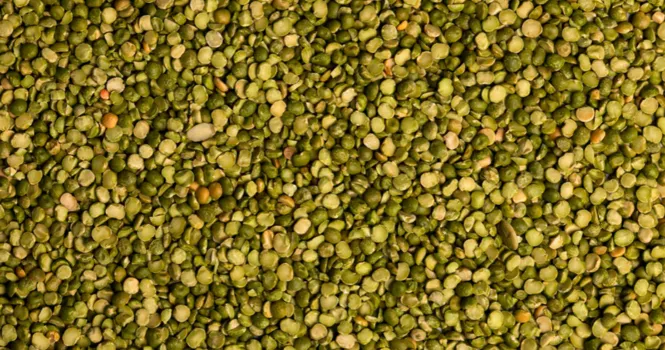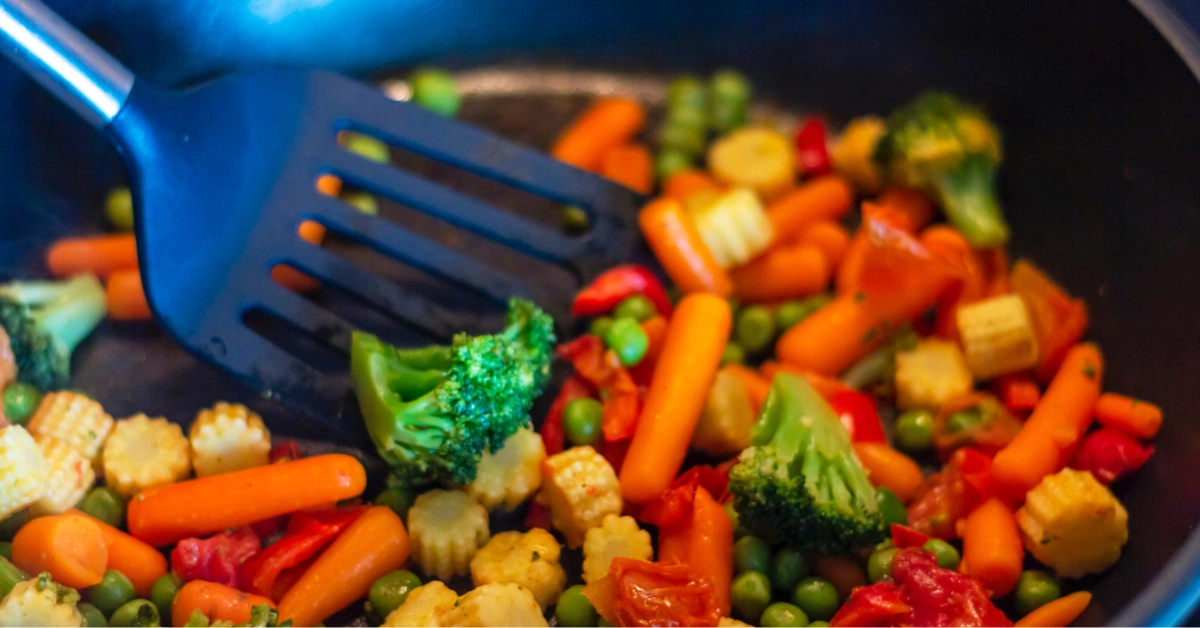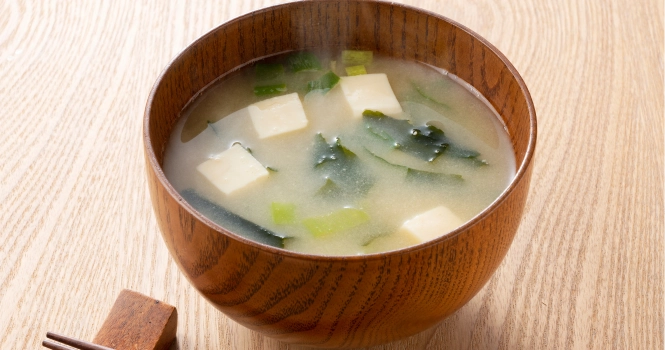Exploring the Calories in Apple Juice: A Comprehensive Guide

When discussing “Calories in Apple Juice,” it’s crucial to understand how this popular beverage fits into a healthy diet.
Apple juice, loved by many for its sweet taste and refreshing quality, often raises questions about its calorie content and nutritional value.
This article delves into the various aspects of apple juice calories, comparing them with whole apples, examining different types of apple juice, and providing tips for making calorie-smart choices.
Calories in Apple Juice
We are diving into more than just a number on a nutrition label. It’s about comprehending what these calories mean for our health, diet, and overall well being.
Apple juice is a staple in many households and is often perceived as a healthier alternative to sugary soft drinks. However, the calorie content in apple juice can be surprisingly high, primarily due to its sugar content.
A standard serving of apple juice, which is typically 8 ounces (about 240 milliliters), can contain between 110 to 120 calories, with most of these calories coming from sugars.
The natural sugars found in apple juice are primarily fructose, which, although natural, can still contribute to calorie intake.
Unlike eating whole apples, drinking juice doesn’t provide the same amount of dietary fiber. Fiber is crucial for slowing down sugar absorption and promoting a feeling of fullness. Without it, the calories from apple juice can lead to a quicker spike in blood sugar levels.
It’s also important to note that not all apple juices are created equal. Some contain added sugars, further increasing the calorie count, while others are made from concentrate with added water and sometimes preservatives. Pure, unsweetened apple juice made from fresh apples will provide a different nutritional profile compared to these variants.
What Are the Calorie Counts in Different Types of Apple Juice?
Understanding the calorie counts in various types of apple juice is crucial for making informed dietary choices. Apple juice comes in several forms, each with its unique calorie profile. Below is a table that breaks down the average calorie counts in different types of apple juice:
| Type of Apple Juice | Serving Size | Average Calories | Notes |
| Pure Apple Juice (No Added Sugar) | 8 oz (240 ml) | 120 calories | Made from 100% apples, no additional sugar. |
| Apple Juice from Concentrate | 8 oz (240 ml) | 115 calories | Reconstituted with water, may have added sugars. |
| Organic Apple Juice | 8 oz (240 ml) | 120 calories | Made from organic apples, no added sugar. |
| Apple Juice with Added Vitamin C | 8 oz (240 ml) | 125 calories | Fortified with Vitamin C, may contain added sugars. |
| Apple Juice Cocktail or Blend | 8 oz (240 ml) | 130-140 calories | Mixed with other fruit juices, often has added sugars. |
| Low-Calorie or Light Apple Juice | 8 oz (240 ml) | 50-60 calories | Reduced-calorie version, often sweetened with low-calorie sweeteners. |
| Homemade Freshly Squeezed Apple Juice | 8 oz (240 ml) | 110-120 calories | Calorie count depends on the apple variety used. |
This table helps illustrate that while apple juice is a popular beverage, its calorie content can vary significantly depending on how it’s made and whether any additional ingredients are added.
For instance, apple juice cocktails or blends tend to have higher calorie counts due to the added sugars from other fruit juices. In contrast, low-calorie or light apple juices offer a lower-calorie alternative, often achieved by using low-calorie sweeteners.
How Do Calories in Apple Juice Compare to Whole Apples?
When considering the calorie content of apple juice compared to whole apples, it’s important to understand the fundamental differences between these two forms of fruit consumption.
A whole apple and apple juice can have different calorie contents and nutritional profiles. Let’s break this down:
1. Calories:
- A medium-sized whole apple (about 182 grams) typically contains around 95 calories.
- In contrast, an 8-ounce (240 ml) serving of apple juice, which is about the juice of 2 to 3 medium apples, contains approximately 110 to 120 calories.
2. Nutritional Content:
- Eating a whole apple provides dietary fiber, around 4 grams per medium apple, which is absent in the juice. Fiber is vital for digestive health and helps in regulating blood sugar levels.
- Apple juice, especially when not freshly squeezed, often lacks significant fiber and can have added sugars, increasing its calorie content.
3. Sugar Content:
- The natural sugars in an apple are balanced with its fiber, which slows down sugar absorption and mitigates its impact on blood sugar levels.
- Apple juice, even without added sugars, has a higher concentration of sugar per serving compared to a whole apple. This can lead to quicker spikes in blood sugar.
4. Nutrient Density:
- Whole apples provide a range of nutrients including Vitamin C, potassium, and several antioxidants.
- While apple juice contains some of these nutrients, especially if fortified, the concentration is often lower than in whole apples, especially considering the absence of fiber.
5. Satiety:
- Eating a whole apple is more filling due to its fiber content, which helps in controlling appetite and potentially aiding in weight management.
- Apple juice provides less satiety and can contribute to higher calorie consumption, as liquid calories do not affect fullness the way solid food does.
For those conscious about calorie intake, whole apples are a more balanced choice, especially in the context of weight management and blood sugar control.
Breaking Down the Nutritional Content: Beyond Just Calories
The nutritional value of apple juice extends beyond its calorie content. While it’s known for being a calorie-dense beverage, primarily due to its natural sugars, apple juice also offers some essential nutrients:
1. Vitamin C: Apple juice is a good source of vitamin C, an antioxidant that supports immune function and skin health.
2. Potassium: It contains potassium, which is vital for heart health and maintaining normal blood pressure levels.
3. Phytonutrients: Apple juice includes various phytonutrients, compounds that have been linked to potential health benefits like improved heart health and reduced inflammation.
However, it’s important to note that apple juice lacks dietary fiber, a key nutrient found in whole apples that aids in digestion and helps regulate blood sugar levels. Moreover, some commercially available apple juices might contain added sugars or preservatives, which can detract from their nutritional value.
Picking the Right Apple Juice
The following are some tips to help you pick the right apple juice:
1. Check for Added Sugars: Opt for apple juices labeled as “100% juice” with no added sugars. These juices are solely made from apples, without extra sugar, reducing the overall calorie count.
2. Consider the Concentrate: Apple juice from concentrate can sometimes have added sugars. Choose juices reconstituted with water and without additional sweeteners.
3. Portion Control: Pay attention to serving sizes. Smaller servings can help manage calorie intake while still enjoying the taste and benefits of apple juice.
4. Go Organic: Organic apple juices often have no added sugars or preservatives, making them a healthier choice. However, remember that organic juices still contain natural sugars and calories.
5. Light or Reduced-Calorie Options: Some brands offer light or reduced-calorie apple juices, which are lower in calories compared to regular apple juice. These are often sweetened with low-calorie sweeteners.
6. Diluting Your Juice: Mixing apple juice with water or sparkling water can decrease the calorie content per serving, making it a lighter, more hydrating beverage.
7. Read Nutrition Labels: Always read labels for calorie information and ingredients. This helps in making an informed choice about the quality and nutritional value of the apple juice.
By making these calorie-smart choices, you can enjoy apple juice as part of a balanced diet without significantly increasing your daily calorie and sugar intake.
Remember, moderation is key, and balancing juice consumption with a diet rich in whole foods is essential for overall health and wellness.
![]()









